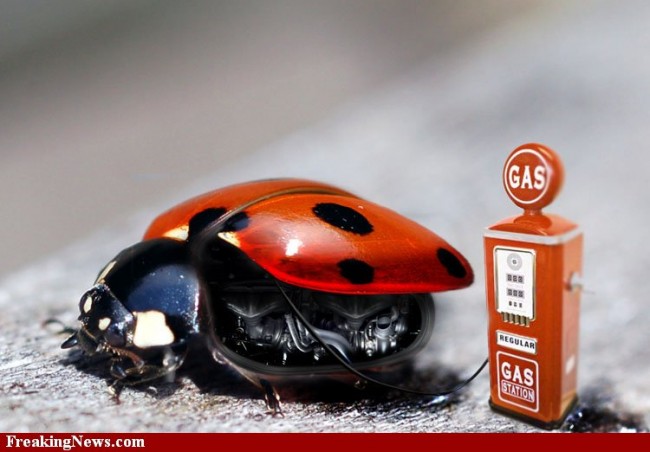Interesante Facts About The Ladybug

 The main question that comes up, when speaking about the Ladybugs, is how they got their name……In the middle ages, farmers were having great difficulty controlling the pests that kept plaguing their crops, mainly aphids and other such plant chewing critters. In an attempt to fix this problem, the resorted to praying to the virgin mother Mary, to help them with this terrible problem. Shortly after, their prayers were seemingly answered, with the arrival of these new beetles. From then on, these bugs became know as “beetles of Our Lady”. Over time, this name has become Ladybug, Ladybird, Lady Beetle, Ladybug Beetle etc. So as you can see, Ladybugs have been viewed as a gift from heaven!!
The main question that comes up, when speaking about the Ladybugs, is how they got their name……In the middle ages, farmers were having great difficulty controlling the pests that kept plaguing their crops, mainly aphids and other such plant chewing critters. In an attempt to fix this problem, the resorted to praying to the virgin mother Mary, to help them with this terrible problem. Shortly after, their prayers were seemingly answered, with the arrival of these new beetles. From then on, these bugs became know as “beetles of Our Lady”. Over time, this name has become Ladybug, Ladybird, Lady Beetle, Ladybug Beetle etc. So as you can see, Ladybugs have been viewed as a gift from heaven!!

Lady – bugs are spread all over the world and known more than 1000species. Some of them can be seen on trees, shrubs or grass where there are plant lice; some can be seen field grass; some can be observed on meadows near streams, while the others only on trees; and also on rush and other water plants. Ladybug of water plants have longer legs which help them to hold on to plants bent by winds. Like grown up ladybugs, their larvae feed on plant lice, and some ladybugs like their larvae eat plants. In case of danger, beetles bend their antennae underneath head, legs hidden under its body, pretend to be dead and release yellow pungent liquid which was used before for treating toothache. Some species with larger legs run for safer place. Beetle hibernates under the bark of trees, under roots and etc. In spring, females lay yellowish eggs on leaves; from eggs emerge lengthened and pointed backwards larvae. Ladybug’s larvae often have bright color and marked with blotches and thorns; they have 3 joint antennae, at both sides of head there are 3-4 simple eyes; legs are quite lengthy. Chrysalides are fixed to the leaves by its back of the body. Majority of ladybugs are useful because they consume lot of plant lice which harm plants, but only little of them harmful because of their consumption of plants. The most ordinary type is a seven-doted ladybug (Сосcinella septempunctata). It has 7-8mm length. Chest clypeus color is whitish with a spot in front corner; red top wings with 7 dots, and is very common in Europe, North Africa and Asia. This type feeds on plant lice that’ why it is very useful. In English speaking countries ladybug is also called lady beetle. Both names imply Virgin Mary hence in catholic countries ladybug is considered insect of the Holy Mother. That’s why ladybug can not be killed. More over people long before noted that ladybug effectively destroys plant lice. 










